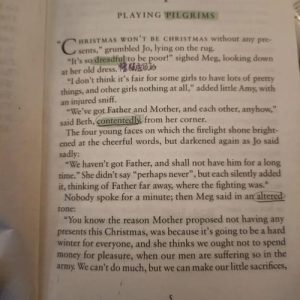Tone is a Story
Have you ever found yourself lost in the world of literature, trying to decipher the emotions and intentions behind the words? Tone, a subtle yet powerful element of storytelling, plays a crucial role in shaping the reader’s experience. In this article, we will delve into the intricacies of tone, exploring its various dimensions and understanding how it contributes to the overall narrative.
What is Tone?
Tone refers to the attitude or feeling conveyed by an author through their writing. It can be formal, informal, serious, humorous, or any other emotion that the reader can perceive. The tone sets the mood for the story and influences how the reader interprets the events and characters.

Types of Tone
There are several types of tone that authors can employ to enhance their storytelling. Let’s explore some of the most common ones:
| Type of Tone | Description |
|---|---|
| Formal | Used in academic or professional writing, formal tone is characterized by a reserved and respectful manner. |
| Informal | Informal tone is more relaxed and conversational, often used in personal correspondence or casual writing. |
| Humorous | Humorous tone is characterized by wit and sarcasm, often used to lighten the mood or provide comic relief. |
| Ironical | Ironical tone involves saying something in a way that suggests the opposite of what is actually meant, often to convey sarcasm or disillusionment. |
| Tragic | Tragic tone is used to convey a sense of sorrow, despair, or loss, often associated with serious or solemn events. |
How Tone Influences the Reader
The tone of a story can significantly impact the reader’s experience. Here are a few ways in which tone influences the reader:
-
Emotional Connection: A story with a matching tone to the reader’s emotional state can create a stronger connection, making the reader more invested in the narrative.
-
Character Perception: The tone can shape how readers perceive characters, influencing their empathy and understanding of the characters’ motivations.
-
World-Building: Tone can contribute to the creation of a believable and immersive world, making the reader feel as if they are part of the story.
-
Theme and Message: The tone can emphasize the theme and message of the story, helping readers to grasp the underlying message more effectively.
Examples of Tone in Literature
Let’s take a look at a few examples of tone in literature:
-
“To be, or not to be: that is the question.” – William Shakespeare, “Hamlet”
-
“It was the best of times, it was the worst of times.” – Charles Dickens, “A Tale of Two Cities”
-
“Call me Ishmael.” – Herman Melville, “Moby-Dick”
-
“It was a bright cold day in April, and the clocks were striking thirteen.” – George Orwell, “1984”
Creating the Right Tone
Creating the right tone for a story can be challenging, but it is essential for a successful narrative. Here are a few tips to help you achieve the desired tone:
-
Understand Your Audience: Consider who your target audience is and what tone they are likely to appreciate.
-
Be Consistent: Maintain a consistent tone throughout the story to avoid confusing the reader.
-
Use Descriptive Language: Descriptive language can help convey the desired tone, setting the mood for the reader.
-
Let Characters Speak: Characters’ dialogue can reflect the tone of the story,
About The Author






